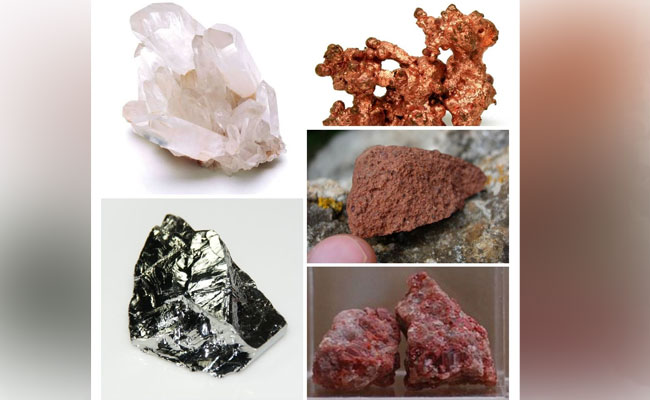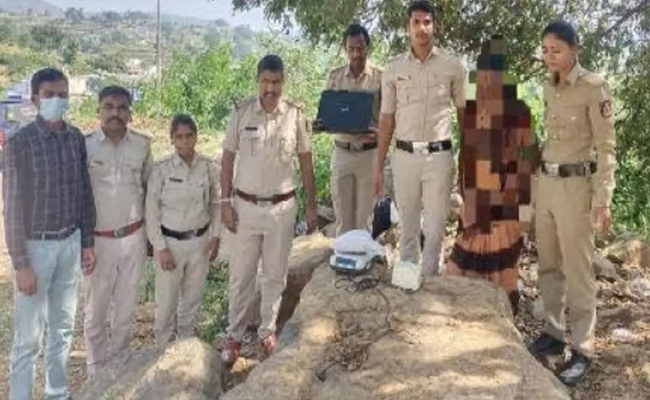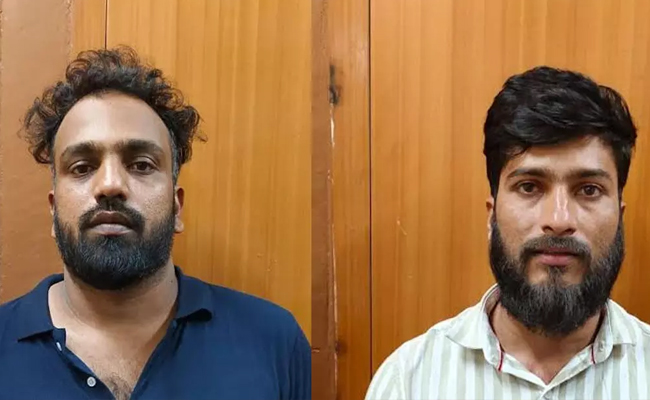Our mobile phones are utilized on a daily basis, yet have you ever wondered about the various minerals and metals present within them?
In today's world, mobile phones are everywhere. Each person owns and constantly uses one. However, have you ever considered the components that make up a cell phone, particularly the valuable minerals, and metals involved? Mobile phones consist of numerous scarce materials, which are typically extracted from various countries globally. Thus, what exactly is inside your mobile phone? Here are the metals and minerals that accompany you daily.
Copper, one of the earliest metals extracted by humans, has been in use for over millennia. Exhibiting a reddish-brown hue and greater malleability than other metals, copper is employed in phone circuitry due to its excellent electrical conductivity. In fact, it is the most crucial component in a phone's electronics as it forms the connectors and wires. The majority of copper is sourced from porphyry copper deposits within the Earth's crust's massive molten rock sections. Chile holds the title of the leading global copper producer, accounting for 28 percent of the valuable metal's mining.
Lithium, a soft and lightweight metal, provides energy for mobile phones. It is a key component in rechargeable lithium-ion batteries, contributing to their power, density, faster charging, and extended lifespan. Rather than being found in its elemental form, lithium is obtained from lithium-bearing rocks and lithium chloride salts. Chile, similar to its copper production, leads the world in lithium output, primarily sourcing it from the Atacama Salt Flat. Argentina follows as the second-largest global lithium producer.
Silica, an element present in quartz, is utilized in creating the chips and microprocessors found in mobile phones. Additionally, silica is a component of the Earth's crust. The specific silica variant employed in manufacturing mobile phone chips consists of extremely purified and intrinsically fragile silicon dioxide particles. Significant silica sand deposits can be discovered in locations such as Queensland, Australia, and the Mid-Atlantic regions of the United States, including North Carolina and Virginia.
Germanium is employed in the creation of semiconductors for mobile phones. This fragile, silvery-white element is frequently utilized in numerous electronic gadgets. This uncommon mineral can be discovered in germanite and argyrodite rock formations, as well as in zinc deposits. Although the U.S. possesses germanite, the country still depends significantly on China, which generates over 70% of the mineral in areas such as Yunnan Province. Additionally, Inner Mongolia is recognized for its production of minerals.
Bauxite serves as the primary source of the mineral gallium, which is utilized in the creation of LED backlighting, enabling our phones to emit bright light during nighttime. The majority of the planet's bauxite can be found in tropical and subtropical areas, with the largest "blanket deposits" located in regions such as West Africa, South America, Australia, and India. Australia holds the title of the world's largest producer of this mineral. The extraction of this material from surface and underground deposits results in the production of the mineral gallium as a byproduct.
Potassium is derived from a component known as orthoclase, which is utilized in the production of touch screens for mobile phones. This element is obtained from a potassium salt, sylvite, which is primarily located in countries such as Canada, Russia, and Belarus. To enhance their toughness and withstand everyday wear and tear, cell phone screens undergo a final treatment with potassium salts.
A selection of the numerous valuable minerals and metals that go into manufacturing our daily-use cell phones is presented here. Regardless of the production location, manufacturers rely on resources from a minimum of twelve nations to ensure your device has a bright display, conducts electric current, retains power, captures audio, snaps photos, and performs countless other tasks we often overlook.

Girish Linganna
Let the Truth be known. If you read VB and like VB, please be a VB Supporter and Help us deliver the Truth to one and all.
Bengaluru: Vidyaranyapura police have arrested four persons, including a man posing as a Police Sub-Inspector (PSI), for allegedly breaking into a house, threatening the occupants, and extorting money while wearing police uniforms.
The arrested accused have been identified as Mallikarjuna, Pramod, Vinay, and Hrithik.
Police said the accused had hatched a plan to pose as police personnel, conduct fake raids, and extort money from residents by intimidation.
ALSO READ: Bantwal police arrest two men for illegal sale of narcotics, seize two vehicles, 810 gm ganja
According to the police, Mallikarjuna had failed the PSI examination twice and later falsely projected himself as a PSI. He allegedly conducted photo shoots in his hometown, Siraguppa, wearing a police uniform, baton, cap, and shoes, claiming to be serving as a PSI in Bengaluru.
On December 7, the four accused allegedly went to the house of Naveen in the Vidyaranyapura limits, threatened him with a stick and an iron rod, and claimed they had information that he was selling ganja. Under the pretext of searching, they allegedly extorted ₹87,000 through bank transfer, ₹53,000 in cash kept in the house, and ₹2,000 from his wallet.
Following Naveen’s complaint, Vidyaranyapura police registered a case and launched an operation, leading to the arrest of all four accused. Police have seized ₹45,000 in cash and the car used to commit the crime.
Further investigation is underway.





